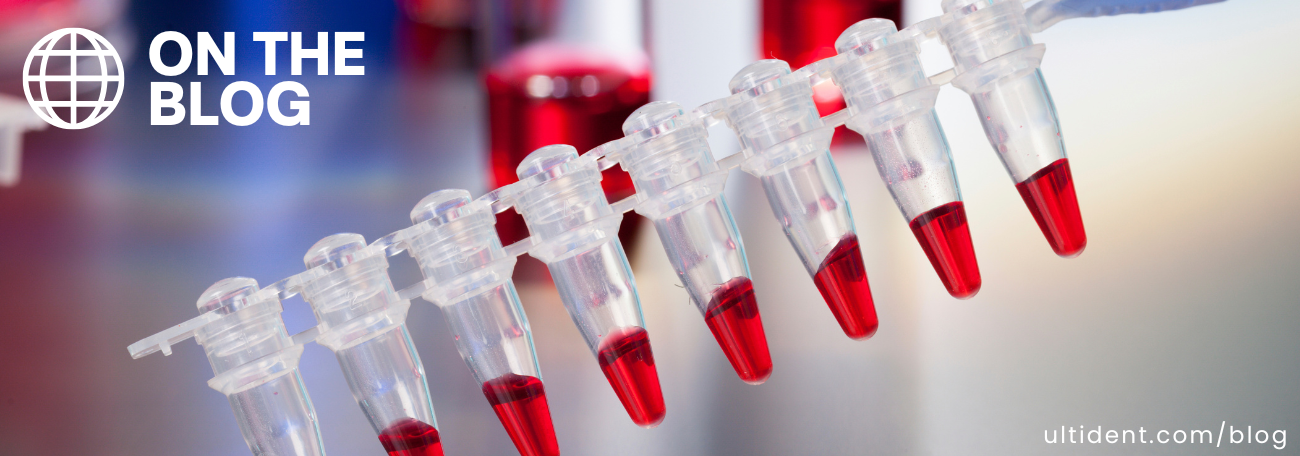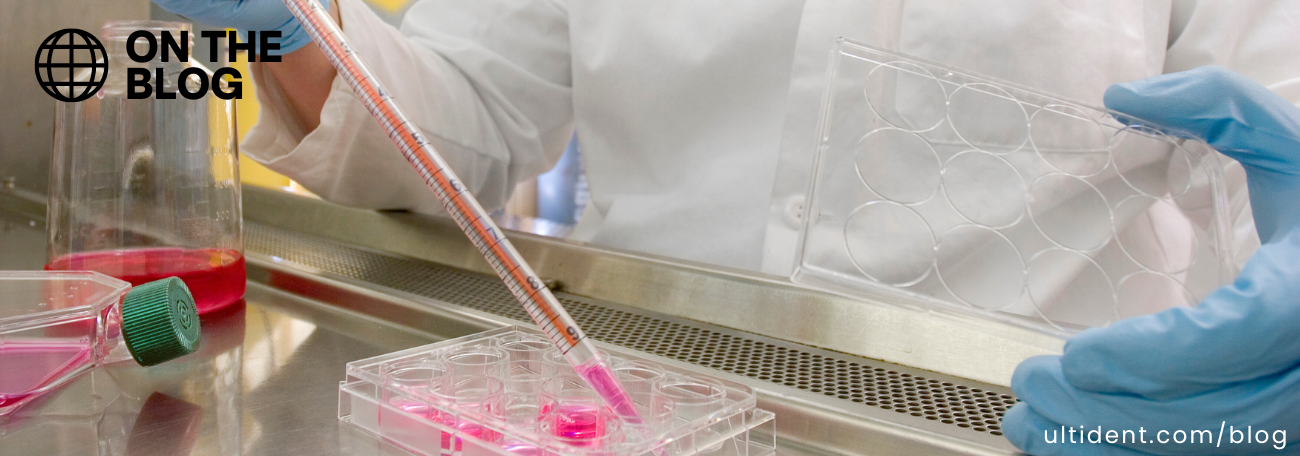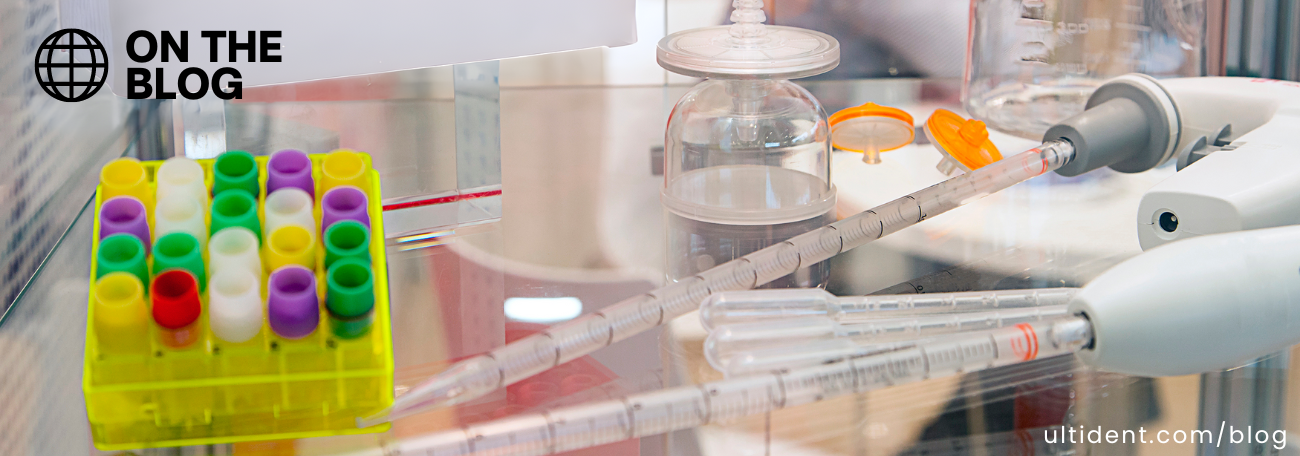More than Meets the Eye: Cleaning & Disinfection Tips for Canadian Labs


More than Meets the Eye: Cleaning & Disinfection tips for Canadian Labs
We know that frequent cleaning and disinfection is essential to prevent the spread of germs. We also know that If you are working in a lab, with medical devices, or dealing with sensitive equipment, you need to take extra precautions in order to keep the environment safe for everyone who works there.
But did you know that a clean lab has been proven to help with productivity, quality & success of outcome, morale and mental health? We’re going to take a look at some tips to help keep your lab healthy and happy.
A) Practice good housekeeping
Although maintaining a clean and organized environment sounds obvious, a study by Nofer Institute of Occupational Medicine found that over 45% of accidents studied violated the fundamental principals of housekeeping. Housekeeping is everyone’s responsibility, to avoid unnecessary accidents:
- Keep work areas uncluttered.
- Put away chemicals and equipment that are not in use.
- Clean up drips and spills as they happen.
- Wipe down your work area at the end of the day.
- Have a cleaning schedule for deep cleans and assign members of the lab to specific cleaning-related tasks. Having everyone participate can highlight the importance of a cleanliness and is a good incentive to keep the environment tidy.
B) Practice safe chemical labeling & storage
Good communication is an essential for every team, but it can become a health hazard if not followed properly in labs. A study from J Chem Health Safety found that “chemical accidents stemming from improper storage make up almost 25% of all chemical accidents”. Every lab has their own labelling and storage conventions but there are a few fundamental rules that can significantly reduce risk:
- Label everything & group similar products together for storage – if it’s not labeled it will eventually become an “unknown” which has associated health risks and costs for your lab.
- Hazardous materials should have their name, hazard warnings, date received, and date opened marked on the container. Hazardous Materials should also be stored in a secondary container.
- Keep stock chemicals and waste volumes at a minimum level & routinely dispose old unused chemicals.
- Use personal protective equipment to minimize any accidents.
C) Choose the right disinfectant
While cleaning is an important first step to remove dirt, organic matter and most germs, disinfection is necessary to destroy disease causing germs or inorganic residues that may remain on the surface.
When it comes to choosing your cleaning & disinfection products, there’s a couple things to consider. Luckily, all of the information you need can be found on the label of most products. Check for:
- Type: Is this product, a cleaner, a disinfectant or a combination of the two?
- Sanitize or disinfect: Products that are sold as sanitizers offer a lower kill level while disinfectants offer a higher kill level.
- Pre-Clean/Clean: do you need to remove all dirt before or can you use the sanitizer/disinfectant right away.
- Contact Time: Contact time is the time required for the disinfectant to be left wet on the surface to kill the germs. This is crucial because products can sometimes have a contact time of up to 2 minutes meaning you may need to apply a second coat of disinfectant if it dries up too soon.
- Drug Identification Number (DIN): Health Canada will issue a DIN for all approved disinfectants and it can be found on the label. Make sure the disinfectant you are using has a DIN or it may not have been tested for effectiveness.
- Always be sure to read the label properly and follow the recommendations.





